Mohammad Shaqfeh
CleftGAN: Adapting A Style-Based Generative Adversarial Network To Create Images Depicting Cleft Lip Deformity
Oct 12, 2023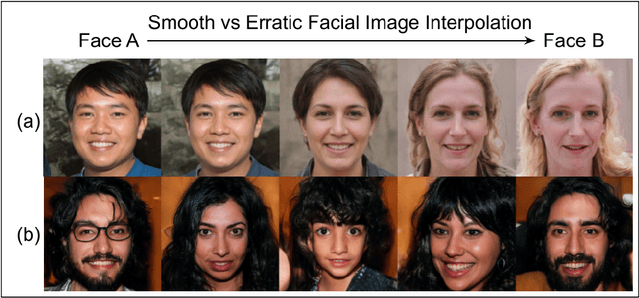



Abstract:A major obstacle when attempting to train a machine learning system to evaluate facial clefts is the scarcity of large datasets of high-quality, ethics board-approved patient images. In response, we have built a deep learning-based cleft lip generator designed to produce an almost unlimited number of artificial images exhibiting high-fidelity facsimiles of cleft lip with wide variation. We undertook a transfer learning protocol testing different versions of StyleGAN-ADA (a generative adversarial network image generator incorporating adaptive data augmentation (ADA)) as the base model. Training images depicting a variety of cleft deformities were pre-processed to adjust for rotation, scaling, color adjustment and background blurring. The ADA modification of the primary algorithm permitted construction of our new generative model while requiring input of a relatively small number of training images. Adversarial training was carried out using 514 unique frontal photographs of cleft-affected faces to adapt a pre-trained model based on 70,000 normal faces. The Frechet Inception Distance (FID) was used to measure the similarity of the newly generated facial images to the cleft training dataset, while Perceptual Path Length (PPL) and the novel Divergence Index of Severity Histograms (DISH) measures were also used to assess the performance of the image generator that we dub CleftGAN. We found that StyleGAN3 with translation invariance (StyleGAN3-t) performed optimally as a base model. Generated images achieved a low FID reflecting a close similarity to our training input dataset of genuine cleft images. Low PPL and DISH measures reflected a smooth and semantically valid interpolation of images through the transfer learning process and a similar distribution of severity in the training and generated images, respectively.
Unsupervised Anomaly Appraisal of Cleft Faces Using a StyleGAN2-based Model Adaptation Technique
Nov 12, 2022



Abstract:This paper presents a novel machine learning framework to consistently detect, localize and rate congenital cleft lip anomalies in human faces. The goal is to provide a universal, objective measure of facial differences and reconstructive surgical outcomes that matches human judgments. The proposed method employs the StyleGAN2 generative adversarial network with model adaptation to produce normalized transformations of cleft-affected faces in order to allow for subsequent measurement of deformity using a pixel-wise subtraction approach. The complete pipeline of the proposed framework consists of the following steps: image preprocessing, face normalization, color transformation, morphological erosion, heat-map generation and abnormality scoring. Heatmaps that finely discern anatomic anomalies are proposed by exploiting the features of the considered framework. The proposed framework is validated through computer simulations and surveys containing human ratings. The anomaly scores yielded by the proposed computer model correlate closely with the human ratings of facial differences, leading to 0.942 Pearson's r score.
Multi-Task and Transfer Learning for Federated Learning Applications
Jul 17, 2022



Abstract:Federated learning enables many applications benefiting distributed and private datasets of a large number of potential data-holding clients. However, different clients usually have their own particular objectives in terms of the tasks to be learned from the data. So, supporting federated learning with meta-learning tools such as multi-task learning and transfer learning will help enlarge the set of potential applications of federated learning by letting clients of different but related tasks share task-agnostic models that can be then further updated and tailored by each individual client for its particular task. In a federated multi-task learning problem, the trained deep neural network model should be fine-tuned for the respective objective of each client while sharing some parameters for more generalizability. We propose to train a deep neural network model with more generalized layers closer to the input and more personalized layers to the output. We achieve that by introducing layer types such as pre-trained, common, task-specific, and personal layers. We provide simulation results to highlight particular scenarios in which meta-learning-based federated learning proves to be useful.
Clustered Scheduling and Communication Pipelining For Efficient Resource Management Of Wireless Federated Learning
Jun 15, 2022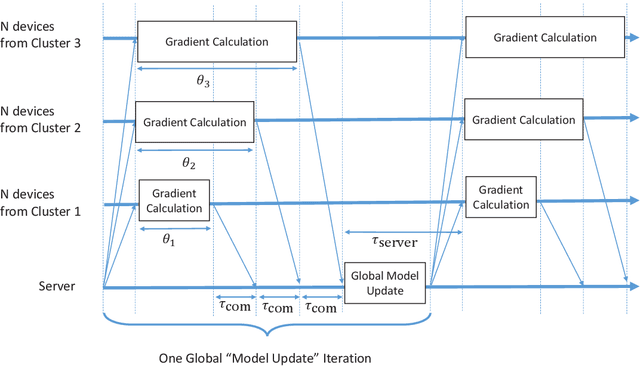
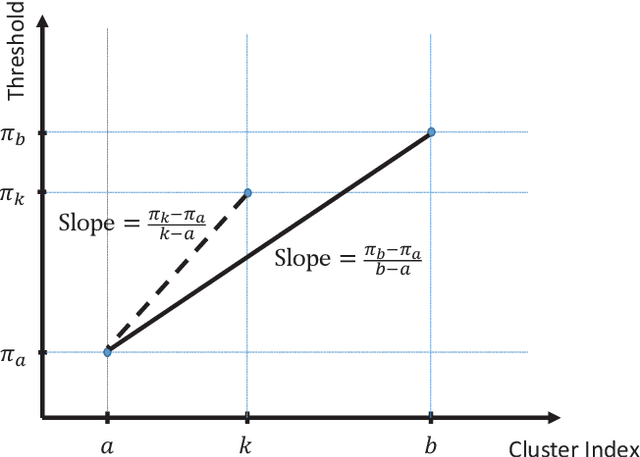
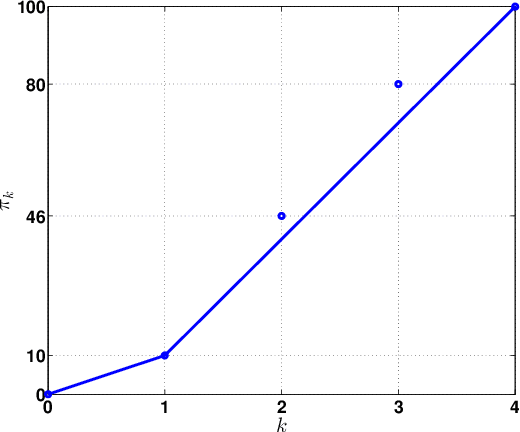
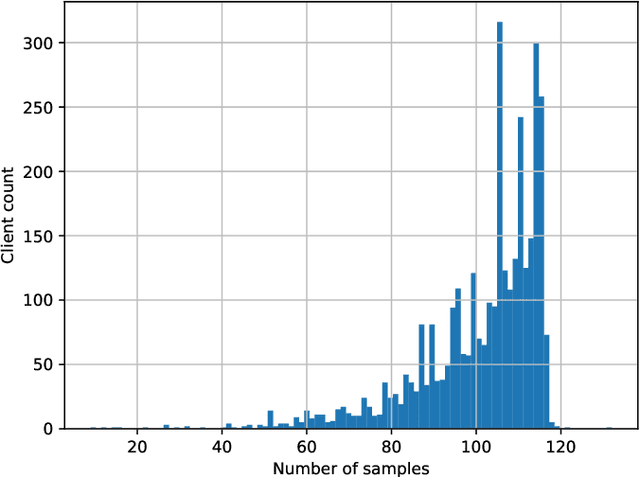
Abstract:This paper proposes using communication pipelining to enhance the wireless spectrum utilization efficiency and convergence speed of federated learning in mobile edge computing applications. Due to limited wireless sub-channels, a subset of the total clients is scheduled in each iteration of federated learning algorithms. On the other hand, the scheduled clients wait for the slowest client to finish its computation. We propose to first cluster the clients based on the time they need per iteration to compute the local gradients of the federated learning model. Then, we schedule a mixture of clients from all clusters to send their local updates in a pipelined manner. In this way, instead of just waiting for the slower clients to finish their computation, more clients can participate in each iteration. While the time duration of a single iteration does not change, the proposed method can significantly reduce the number of required iterations to achieve a target accuracy. We provide a generic formulation for optimal client clustering under different settings, and we analytically derive an efficient algorithm for obtaining the optimal solution. We also provide numerical results to demonstrate the gains of the proposed method for different datasets and deep learning architectures.
 Add to Chrome
Add to Chrome Add to Firefox
Add to Firefox Add to Edge
Add to Edge